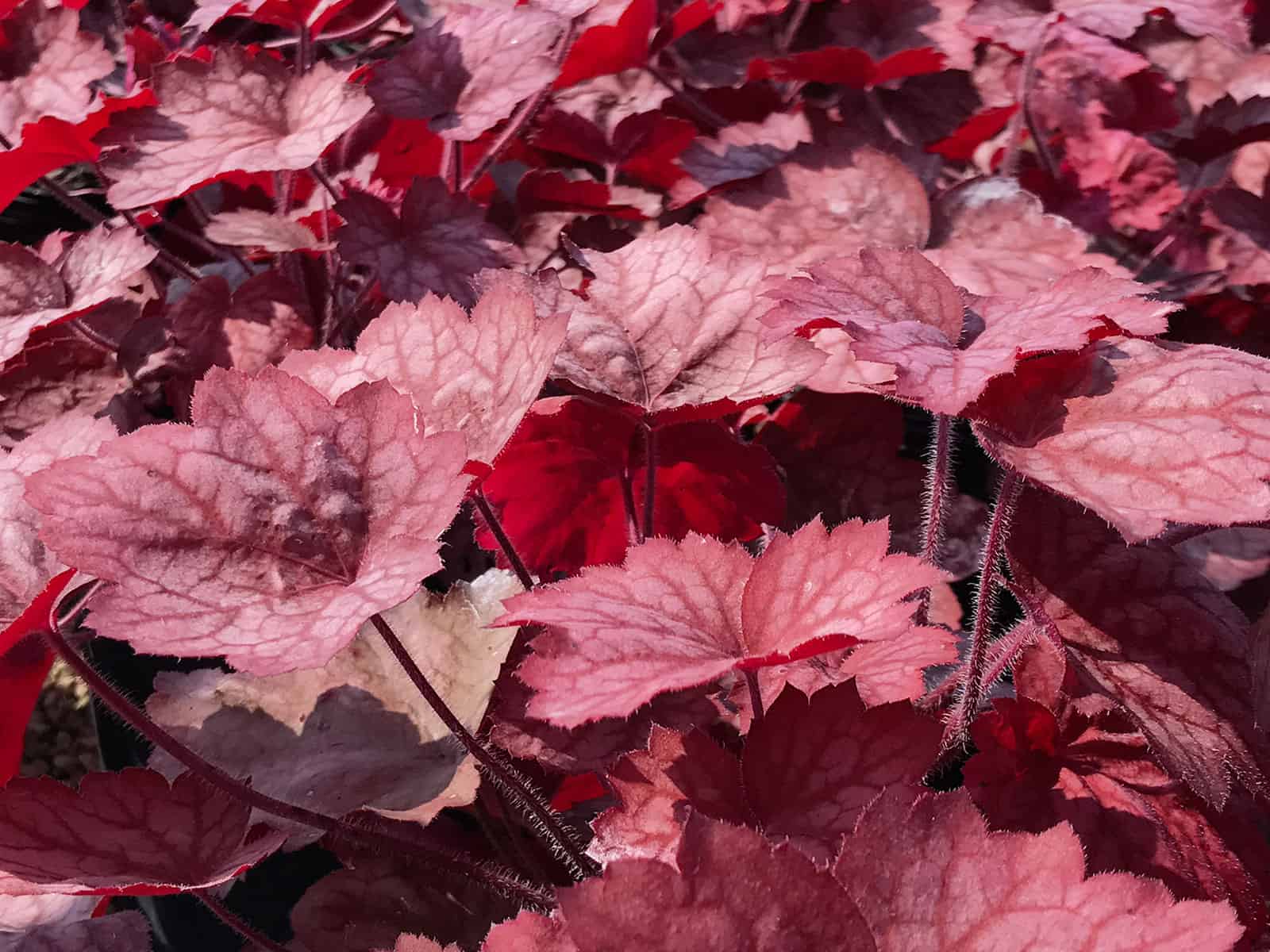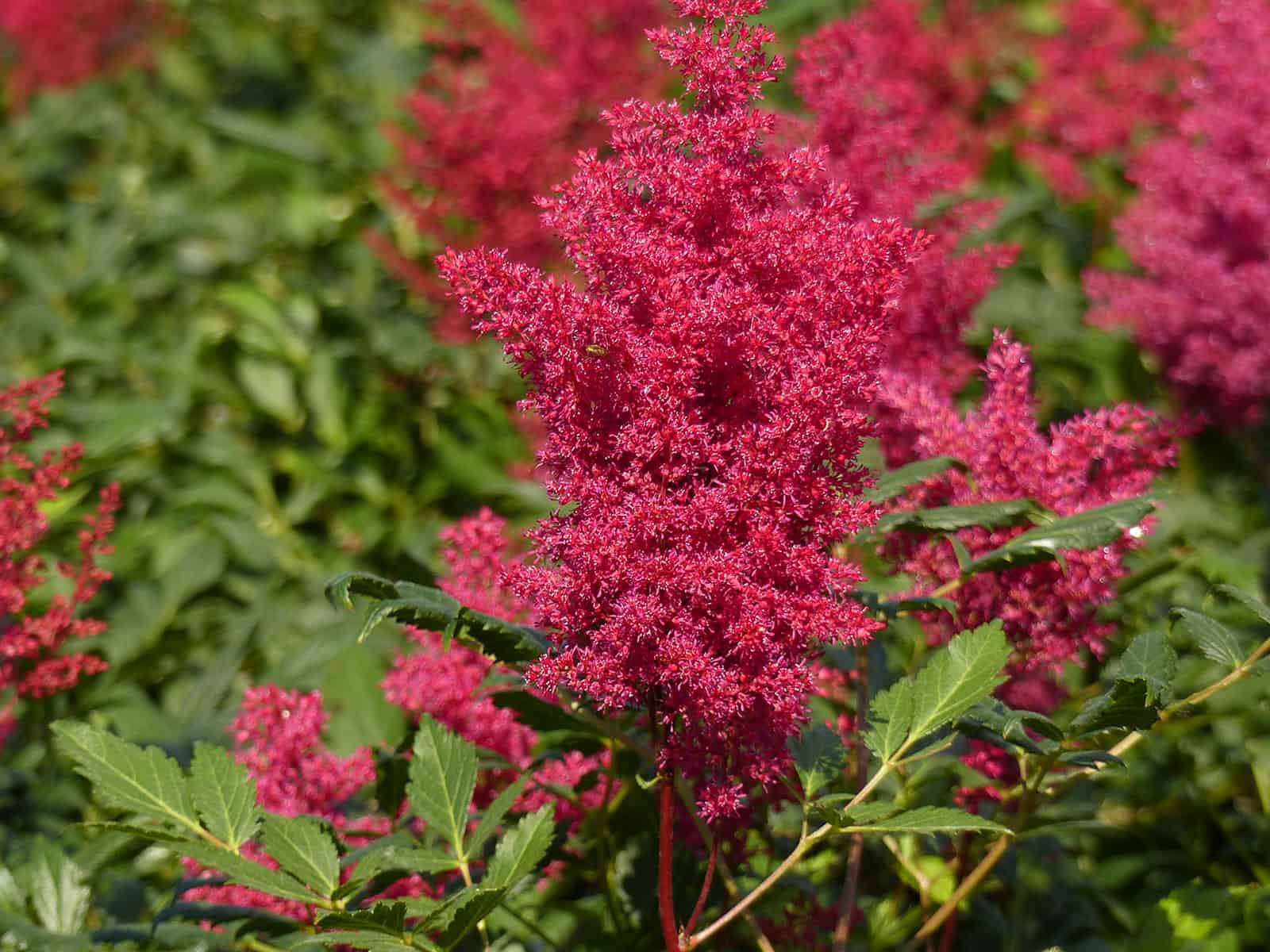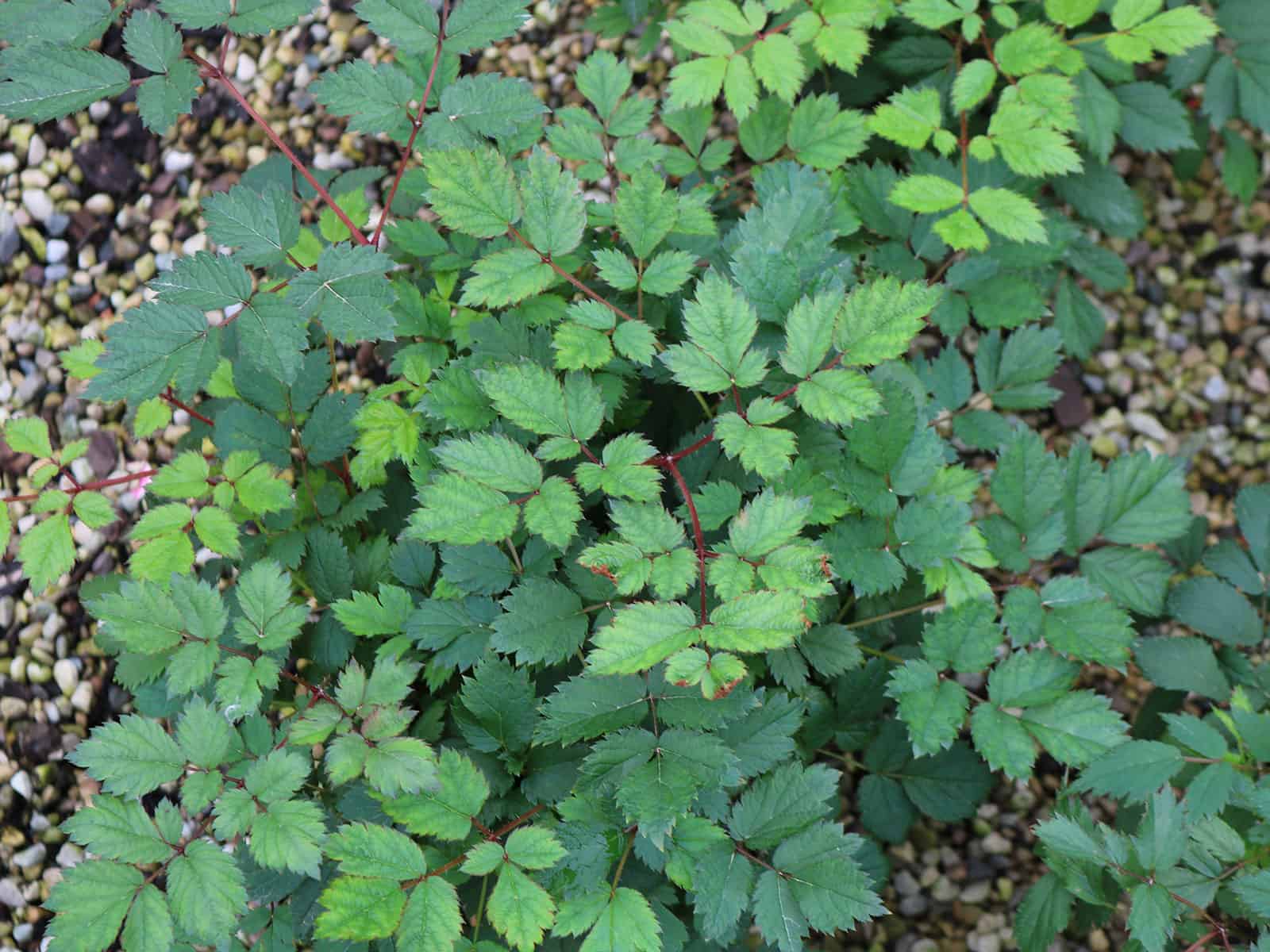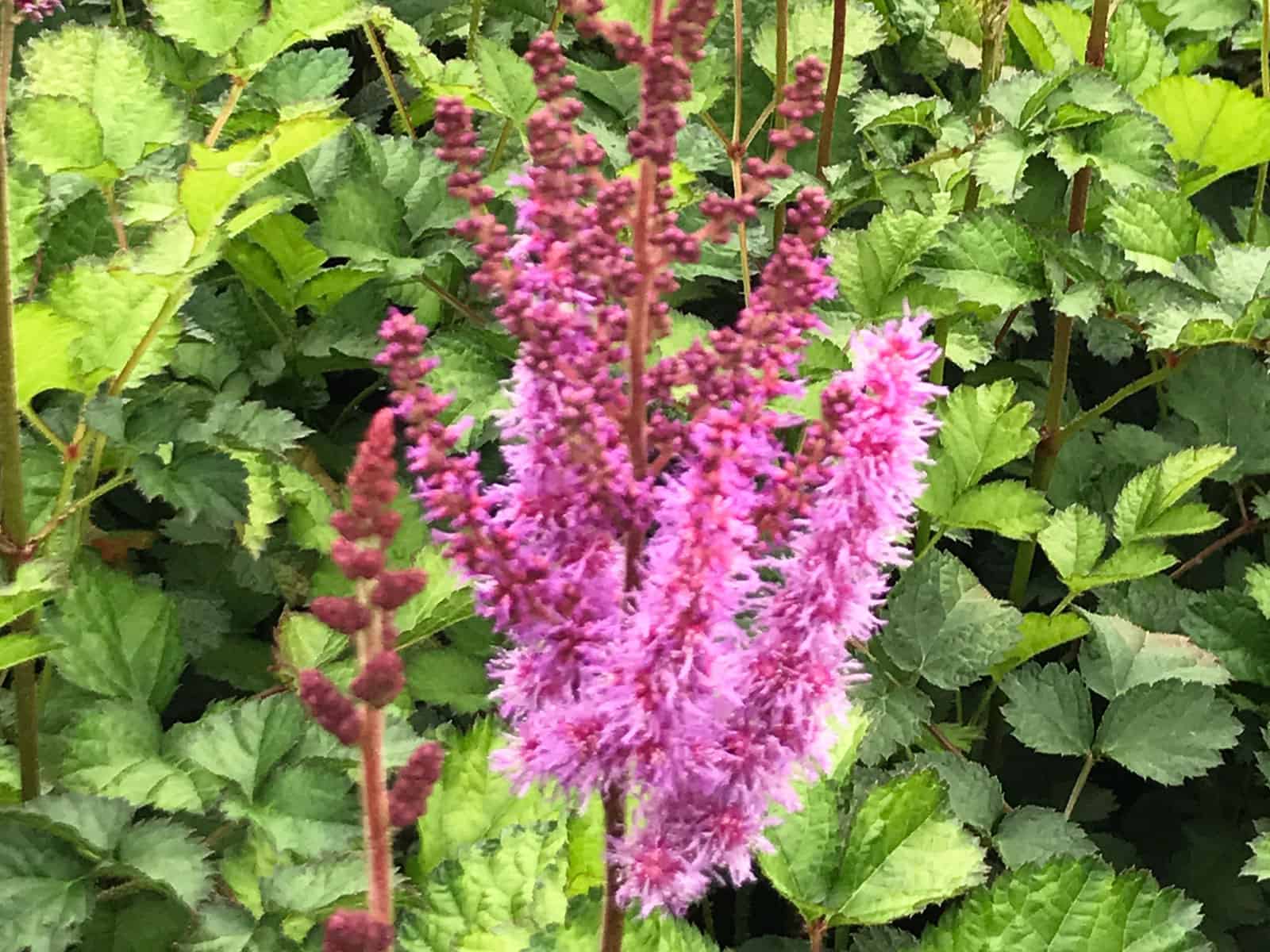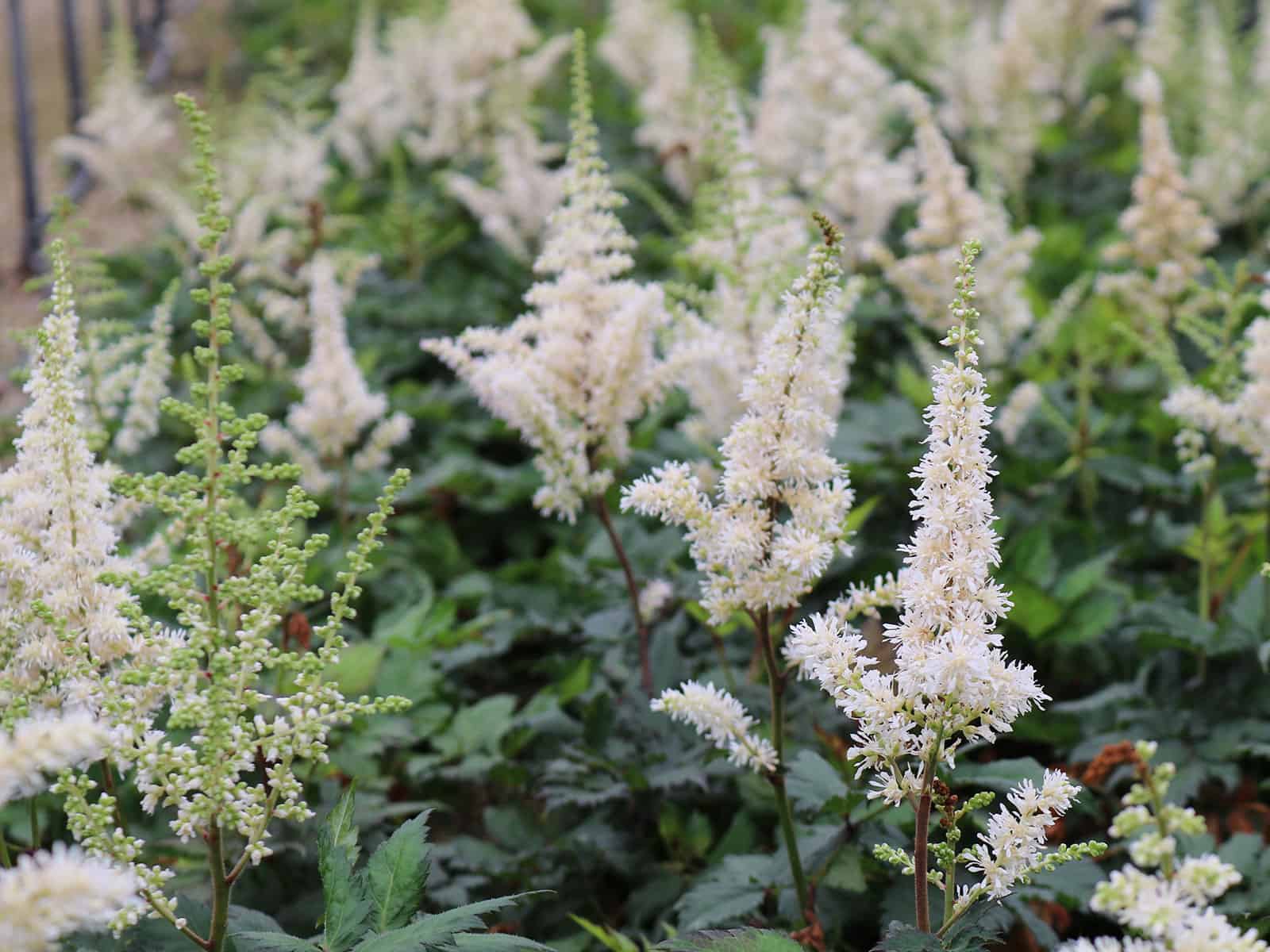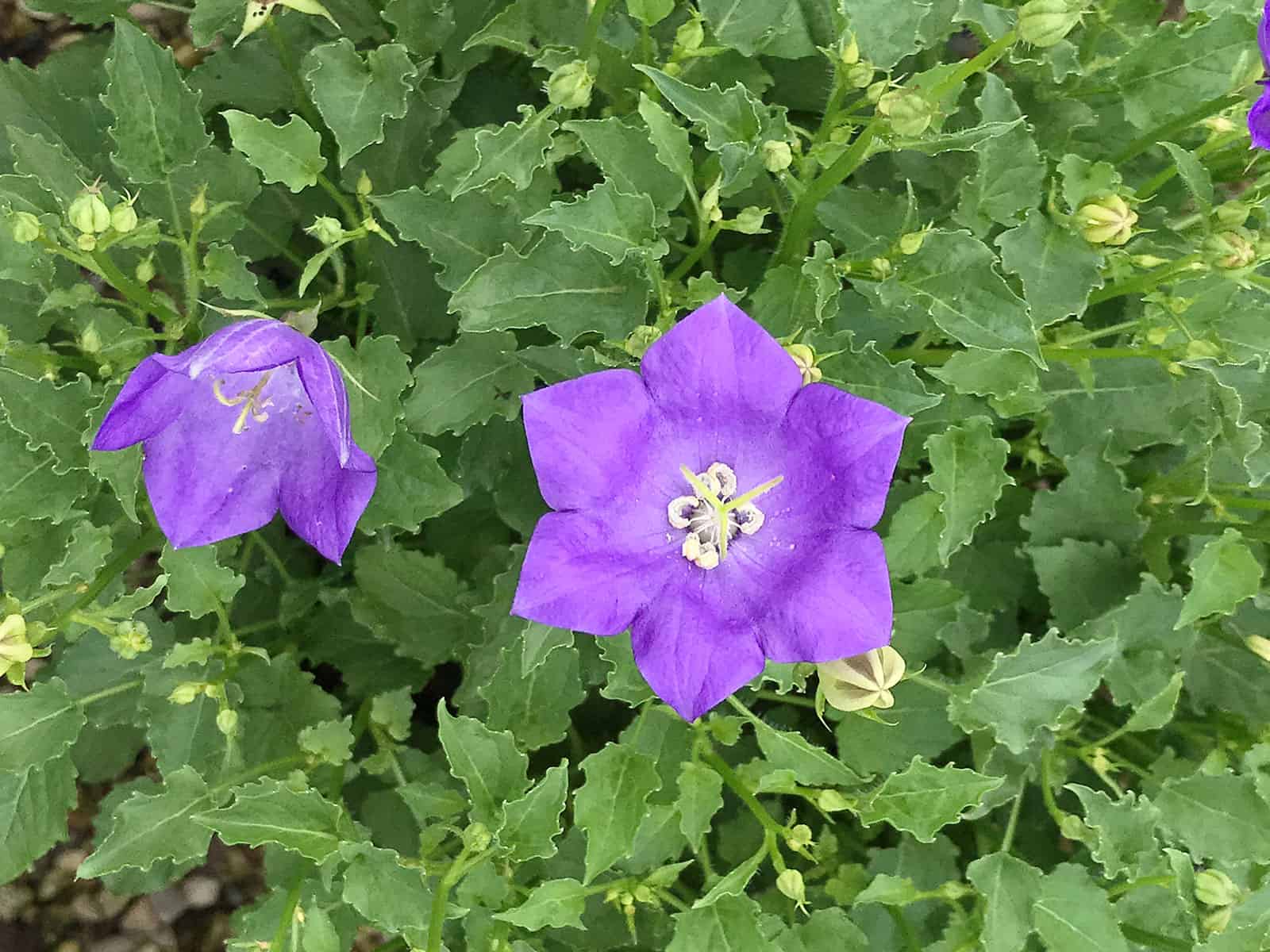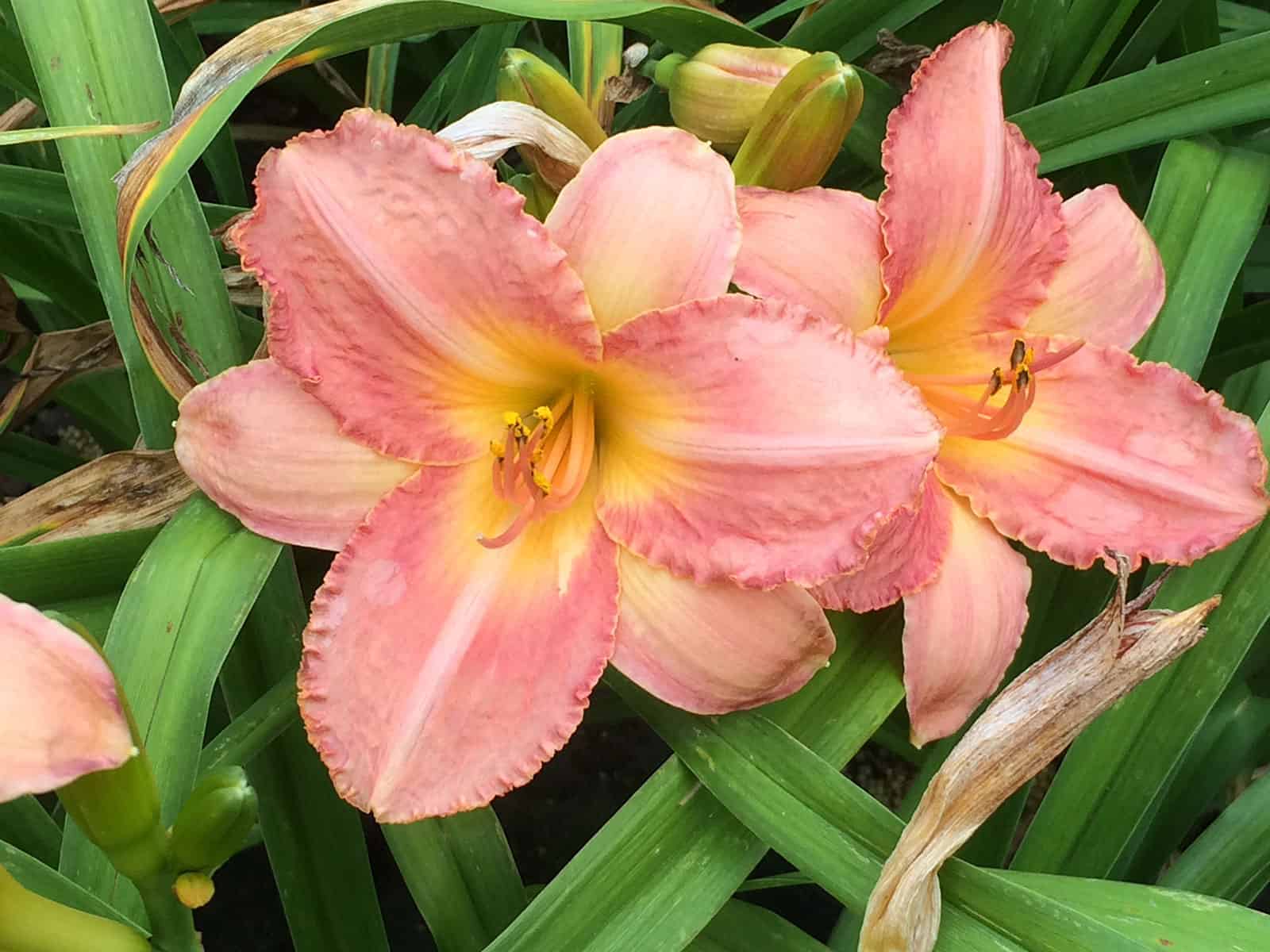
The Chicago Peach Daylily showcases soft pink and peach-colored trumpet flowers with lemon-yellow throats, rising above low-growing mounds of arching green foliage. Blooming from early to mid-season, this low-maintenance plant is perfect for borders, beds, and containers, and becomes drought-tolerant once established.
Ornamental Features: Chicago Peach Daylily presents striking pink trumpet-shaped flowers with peach hues and lemon-yellow throats at the stem ends from early to mid-summer. The flowers are excellent for cutting, and its grassy leaves stay green throughout the season.
Landscape Attributes: Chicago Peach Daylily is an herbaceous perennial featuring tall flower stalks above a low mound of foliage. Its fine texture distinguishes it from other garden plants with coarser foliage. This plant requires minimal maintenance and is best cleaned up in early spring before active growth resumes. It attracts butterflies and has no significant negative characteristics.
Recommended Landscape Applications:
- Mass Planting
- General Garden Use
- Groundcover
Chicago Peach Daylily reaches about 24 inches in height at maturity, extending to 32 inches with the flowers, and spreads approximately 24 inches. For mass planting or bedding, space individual plants about 18 inches apart. It grows at a medium rate and can live for around 10 years under ideal conditions. As an herbaceous perennial, it dies back to the crown each winter and regrows from the base each spring. Avoid disturbing the crown in late winter when it may be less visible.
This daylily thrives in full sun to partial shade and adapts well to both dry and moist locations under typical garden conditions. It is not particular about soil type or pH and is highly tolerant of urban pollution, making it suitable for inner city environments. This variety is an interspecific hybrid and can be propagated by division, though certain propagation restrictions may apply.
This Coral Bells selection has scalloped leaves that emerge gold in spring, deepening to amber and peach. Sprays of light-pink flowers appear in midsummer, after other selections are finished. Very sturdy habit, an excellent choice for hot, humid summer regions. Trim off any tired old leaves in spring. Protect from hot afternoon sun. A 2006 introduction from French breeder Thierry Delabroye discovered by his wife, Sandrine. The Heuchera villosa bloodlines in this hybrid contribute a velvety leaf surface, later flowering habit and exceptional sturdiness. USPP#16560: unlicensed propagation prohibited.

Heucheras are best grown in organically rich, humusy, medium moisture, well-drained soils in part shade. Parentage determines the best culture including optimum sun exposure. Unfortunately, the parentage of many hybrids in commerce today is unknown. Some hybrids will perform well in full sun, particularly in northern climates, but generally prefer some shade in the heat of the afternoon in southern locations. If grown in full sun, consistent moisture is very important. Scorch and general foliage decline may occur if soils are allowed to dry out. On the other hand, some hybrids perform well in shady locations, particularly if H. americana is a parent. Remove stems of faded flowers to encourage additional bloom. Foliage is essentially evergreen in warm winter climates. In cold winter climates such as St. Louis, the amount of retained foliage color in winter depends in large part upon the severity of the temperatures. A winter compost mulch applied after the ground freezes will help prevent root heaving. Divide clumps in spring every 3-4 years. Species plants may be grown from seed, but hybrids are usually divided in the garden.
Huge plumes of dark magenta red flowers in summer. Lush fern-like foliage emerges with bronze-red tints and matures to a deep dark green. Astilbe Montgomery makes an outstanding specimen when paired with white flowering plants.
Astilbe are mainstays of shade and woodland gardens. They combine well with other moisture loving plants like Brunnera, Ligularia, Lobelia and Hosta.
Lilac plumes over deep green glossy foliage of Astilbe Pumila blooms in late summer extending the season. Low-growing variety when planted in groups produces a dense cover. Chinensis is somewhat more tolerant of sun and drought conditions than other Astilbe.
Easily grown in average, medium moisture, well-drained soils in part shade to full shade. Prefers moist, humusy, organically rich soils. Soils must not be allowed to dry out. If regularly watered, foliage will usually remain attractive throughout the growing season. A summer compost mulch helps retain soil moisture. This Chinese astilbe variety is noted for having better sun and drought tolerance than most x arendsii hybrids. Removing faded flower stalks will not prolong bloom but may improve plant appearance, particularly if a ground cover look is desired. On the other hand, many gardeners leave the flower stalks in place after bloom because of the continuing ornamental interest of the dried seed heads. Divide clumps when overcrowding occurs (every 3-4 years).
Light pink flower plumes are striking against coarsely textured, blue-green foliage. The dense, upright form is perfect in a dappled shade border, woodland garden or as a groundcover. An excellent cut flower, fresh or dried. Tolerates drier soils than other astilbe. An herbaceous perennial.
Astilbe are a popular choice for shady gardens, where they perform well if given a rich, moist soil and regular watering. This recent midsize selection features showy, soft-pink plumes, over a compact mound of elegant, lacy blue-green leaves. Also thrives in tubs, or mixed containers. Excellent for cutting. Seed heads may be removed, or left on the plant for winter interest. Will tolerate full sun, in cool summer regions. USPP#11860, CPBR#1333: unlicensed propagation prohibited.
Astilbe are a popular choice for shady gardens, where they perform well if given a rich, moist soil and regular watering. This midsized selection features linen white plumes, over a compact mound of elegant, lacy bronzy-green leaves. Also thrives in tubs, and mixed containers. Excellent for cutting. Seed heads may be removed, or left on the plant for winter interest. Will tolerate full sun, in cool summer regions. USPP#18955, CPBRAF: unlicensed propagation prohibited.
Serbian bellflowers have an easy, undemanding habit. Creating a stream of lavender blue, the 1-inch-diameter star-shaped blossoms bloom reliably from late spring to early fall. The foliage remains evergreen in mild winters and needs to be sheared only once in a while to keep its appearance tidy. ‘Blue Waterfall’ flows beautifully along bed edges and through rock gardens in full sun to partial shade.
Campanula carpatica, the tussock bellflower or Carpathian harebell, is a species of flowering plant in the family Campanulaceae, native to the Carpathian Mountains of Central Europe. It is a low-growing herbaceous perennial, with long stems bearing solitary blue bell-shaped flowers. It was introduced to the Royal Botanic Garden at Kew in 1774 by Nikolaus Joseph von Jacquin. Several cultivars in shades of white, blue, pink and purple, have been developed for garden use.


